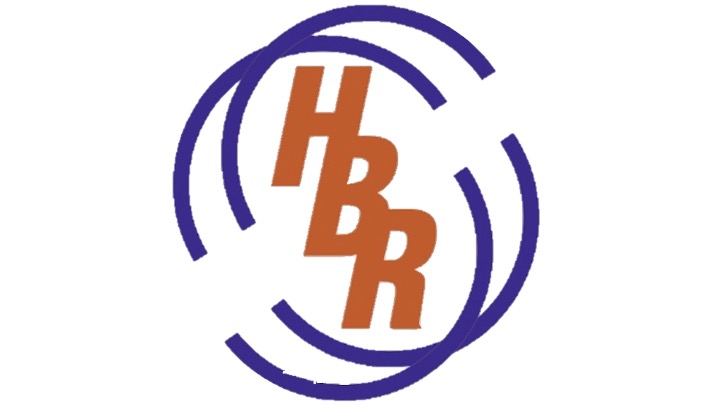What Are The Best Applications Of An Inductor Coil?
Frequently, SoC circuits, programmable logic devices, processors, and other digital circuits are used by electronics designers. On occasion, induction coils, capacitors, and resistors – analog elements – come into play. While it’s pretty easy to incorporate a capacitor or resistor in an integrated circuit structure, to do so with an induction coil is very difficult. So, as an external component, many elements still add an induction coil to the set.
Let’s look at some information involving an inductor coil (induction coil).
Induction Coils – What Are They?
In the core, as a magnetic field, energy is stored by an element referred to as an induction coil. It can change magnetic field energy into electric current energy, and vice versa. Nicholas Callan first created an induction coil in 1836. It became the first type of transformer courtesy of work done by others, including Charles Grafton Page.
You may also hear induction coils referred to as “spark coils.” From a low voltage DC (direct current) supply, it produces high voltage pulses as an electrical transformer.
Induction Coil Structure
An induction coil is relatively simple. It consists of insulated wires wrapped around a core. The core can be made from either magnetic materials or it can be an air core. To make coils, insulated wire is used. If it is not used, to make sure that proper separation exists between individual wire turns, an air gap must be present. A short circuit will occur if the wire is wound turn by turn but uninsulated.
If the maximum permissible voltage or temperature is exceeded, insulation breakdown can occur. When this happens, between wire turns, a short circuit can occur. This is frequently how induction coils become damaged. The only way to remedy this problem is to use a new coil for replacement or the damaged one needs to be rewound.
Applications in Which Induction Coils Are Used
When magnetism needs to be detected, an induction coil is used. Designed to detect an alternating voltage, a VSM (vibrating sample magnetometer) is used. Placed around a sample, it uses a secondary coil. The voltage referred to is created in an applied magnetic field by a magnetized vibrating sample.
Applications in which an induction coil might be used include the following:
- Used in physics education to demonstrate induction
- Used as the ignition coil in internal combustion engines
- Spark gap radio transmitters
- X-ray machines
Fun fact: From the 1880s to the 1920s, ignition coils were used for quack medical electrotherapy devices and arc lighting.
Looking for an Inductor Coil?
Are you looking for custom coil assemblies, prototypes, or low-volume production runs? If so, HBR Industries, Inc. can use our manufacturing services to be of assistance. We were founded in 1979 in Silicon Valley. Since then, HBR Industries has developed into a leading wound coil product manufacturer. We’ll provide your company with water coils, air coils, flat wire coils, bobbin coils, electromagnetic coils, and many other coil types. We work with numerous tube and solid materials ranging in size from 1.25” OD down to 0.125” OD, including metal coil materials.
A wide array of problems can be solved with the solutions provided by our experienced team. If you have any questions, please give us a call at 408-988-0800. You can also use our convenient online form to start a conversation with one of our representatives.

